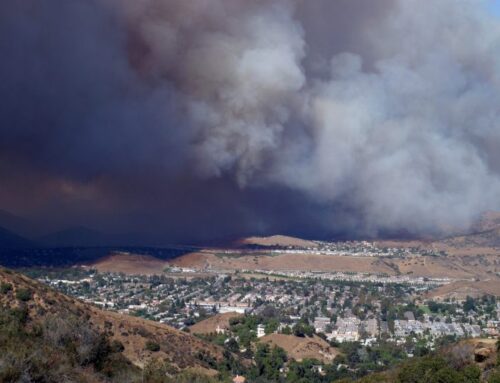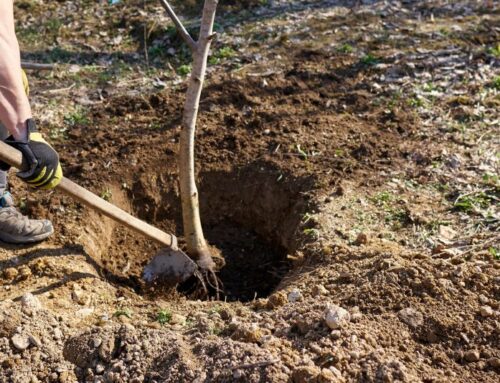Did you know, palm trees are more closely related to grass than trees? That's why palms grow so straight and have flexible stems, just like grass! Due to these biological differences, standard tree pruning practices don't always apply to palms.
Improper pruning can damage your palms, costing you money and creating hazards in the long run. Read on so you know the top palm pruning DO'S and DON'TS to watch out for! If you are still unsure how to prune your palm tree properly after reading this text, our expert arborists are there for your pruning and trimming needs.

Do's
Remove Dead Fronds
Dead fronds, or leaves, don't make sugars to feed the tree anymore. Remove them to:
- Reduce crown weight.
- Reduce hazards of falling fronds.
- Remove fire hazards.
- Remove rodent & pest habitat.
Remove Fruit & Flower Clusters
Palm fruit clusters are large and messy. Unless it's a palm grown for edible fruit, remove fruit and flowers to:
- Reduce crown weight.
- Reduce litter, mess, and clean-up.
- Remove hazards of falling fruit.
- Reduce chances of seeds sprouting into palm weeds.

(Left) Remove dead fronds. (Right) Remove large fruit clusters.
Don'ts
Remove Too Many Green Fronds
Fronds are there to help feed the palm tree. If you remove too many, the palm can:
- Starve and weaken.
- Be more susceptible to disease and pests.
- Have a weak trunk more prone to breaking.
Fun Fact: Over-pruned palms are called rooster-tailed because each palm now resembles a scruffy rooster's tail!
Use Climbing Spikes
Climbing spikes are sometimes used to climb and prune palms, creating permanent wounds on the trunk. This may lead to disease and pests over time because palms can't heal trunk wounds. Avoid using climbing spikes unless the palm is being removed or spikes are the only safe option for ascending the palm.






